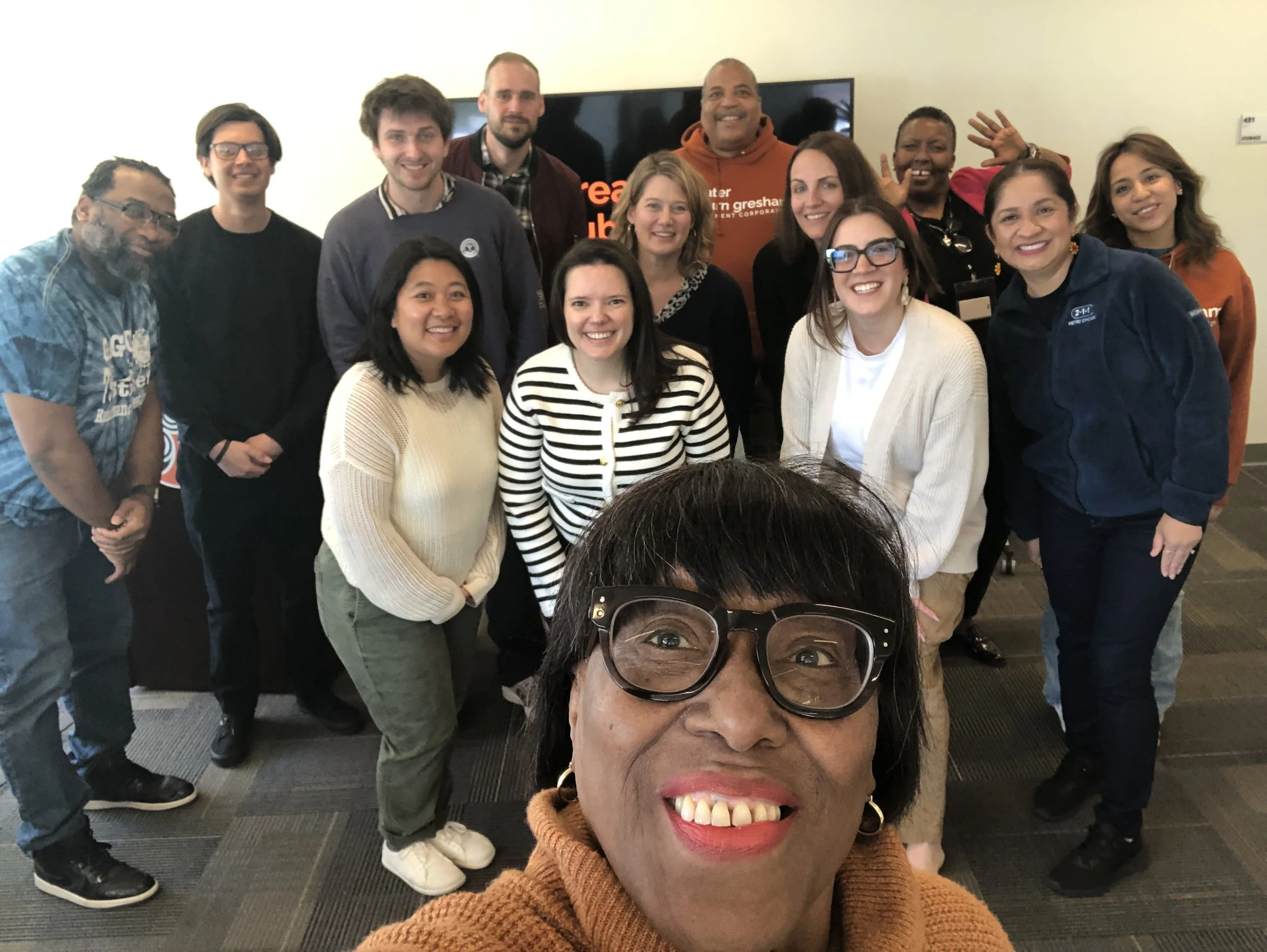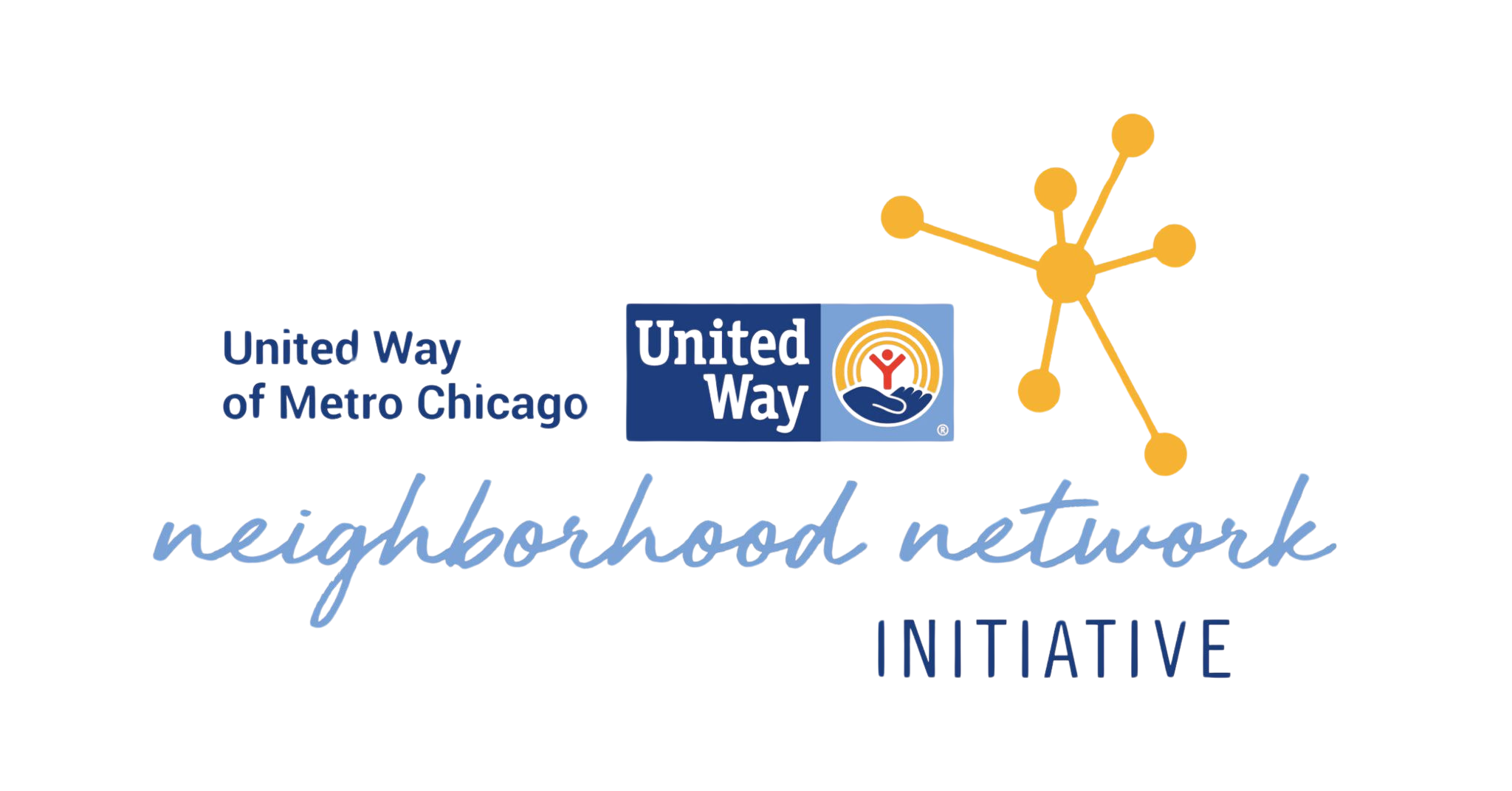
AGNN
Auburn Gresham – Quality of Life Plan Drives
Strong Community Collaborative
The Auburn Gresham Quality of Life Plan launched in 2005 with Chicago coordinating efforts between the Greater Auburn Gresham Development Corporation and Partner agencies and residents, all working to promote revitalization in the community, as part of its Quality of Life Plan testing the model initiative.
The Second Quality of Life Plan launched in 2015 and began implementation in 2017, with participation from over 1500 partners and residents, from Greater Auburn Gresham Communities.
** Build on Existing Neighborhood Partnerships **
Auburn Gresham Quality of Life Plan
Six Planning Task Forces
Auburn Gresham – Quality of Life Plan
Community Driven Education Collaborative
The Auburn Gresham GOLD, a community driven education plan, launched in 2011 with Chicago coordinating efforts between the Greater Auburn Gresham Development Corporation and Partner agencies and Residents, all working to promote revitalization in the community, as part of its Quality of Life Plan testing the model initiative.
The Auburn Gresham GOLD Initiative, provided professional development and literacy supports for 3 Schools, as well as expanded health services and workforce development training and job placement for parents.
** Build on Existing Neighborhood Partnerships **
The Auburn Gresham Neighborhood Network, launched in 2016 with United Way of Metro Chicago coordinating efforts between the Greater Auburn Gresham Development Corporation and residents, an additional ten social service agencies, all working to promote revitalization in the community.
The network introduced the Auburn Gresham GOLD Initiative, which provides professional development and literacy supports for 5 Schools, as well as expanded health services and workforce development training and job placement for parents.
Common Agenda: To ensure early literacy training for children pre-K to 3rd grade and to provide families access to comprehensive social supports.
Bold Goal: By 2027, 80% of 3rd grade students read at or above grade level.
Auburn Gresham Neighborhood Network
Auburn Gresham Neighborhood Network (AGNN) Partner Engagement Best Practices
-
Make a list of everyone who might be impacted by the work of your network both internally and externally. Prioritize this list based on their value and their voice.
-
Take time to ask questions and listen so that you learn what their perspective is and what they want from the network (In the previous step you considered what the network would want and need of them). A key element to understanding and managing needs and expectations is being able to effectively define, understand and manage polarities.
-
Communication is vital to engagement. Maintain personal connection. Keep them informed of project progress, milestones, and change. Meet with them in person and support their events. Communicate expectations to them regularly.
Communication channels include emails, newsletters, social media, face-to-face meetings, and online meetings where needed. Our meetings are hybrid.
Be clear, concise and transparent and ensure you address their concerns and questions and leverage their recommendations and suggestions.
-
Offer targeted, thoughtful experiences.
-
❏Build coalitions that lead to solid relationships with stakeholders. Take time to get to know each stakeholder individually and to establish rapport and trust. Relationship building is an ongoing process that requires time and effort.
Also keep them engaged through task force work.
-
Stakeholders will be more engaged and invested if they feel their opinions and feedback are important and if they have a say-so in decision-making.
-
Keep current on what’s happening in terms of research, funding, trends, and changes that are relevant to your community’s strategic development, to your community, and to your region, and be prepared to adjust as needed. Staying ahead of change will help you avoid surprises and keep stakeholders informed.
-
Measure, evaluate, and recognize engagement regularly. Doing so will help you demonstrate the value your stakeholders bring to your effort and help recognize and celebrate their contributions. This is foundational in building coalitions because it strengthens relationships with stakeholders in the long run.
-
Celebrate the milestones and successes of the network.








